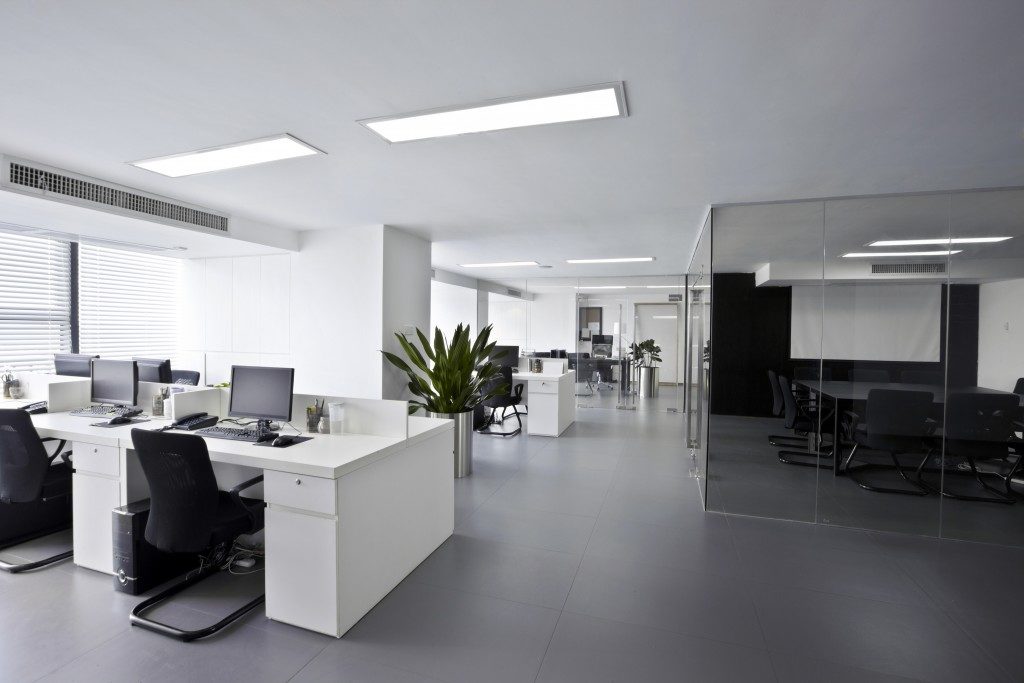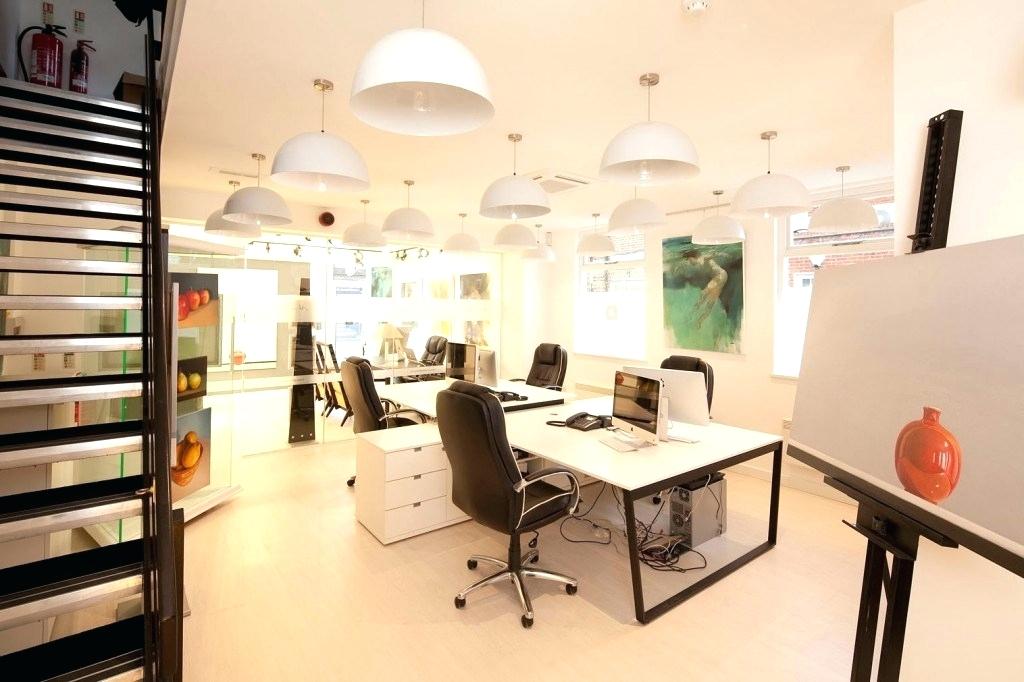What You Need to Know Now: Your Office Could Be Making You Sick

Many working adults head to office buildings every day. There is a reasonable expectation that the facilities are clean and in good working condition.

Commercial plumbing and electricity are generally efficient, and problems are addressed quickly if not. Is it possible that a well-maintained facility could be making you sick? It is not only possible, but it is also entirely likely. Sick building syndrome is real. You may experience signs that could be mistaken for allergy symptoms, particularly in those susceptible to seasonal allergies. Typically, the symptoms will start and end with entering or exiting the building, and the severity may be increased while in the building. The risk with sick building syndrome is that it can lead to life-threatening diseases, not just minor irritations. Some indications are:
- Difficulty breathing
- Frequent headaches
- Dizziness
- Skin irritations or rashes
- Runny nose, sore throat, sneezing or coughing
Ventilation Systems
Ventilation systems are the most frequently cited cause of sick building syndrome. Poorly sealed ventilation could allow cigarette smoke or vehicle exhaust from outdoors to leak into the building and recirculate. If mold has formed in the walls or ceiling, it could make the entire office sick, at best, or cause lung disease in the worst case.
Ironically, a very tightly sealed building can also cause respiratory illness. Carbon monoxide, fungus and bacteria can be held and recirculated, along with gases emitted by building materials. Like recirculated air on a plane, viruses can be spread very rapidly over a large area when the facility is sealed tightly. Highly contagious viruses can be very dangerous for anyone with a history of pneumonia or those with a weakened immune system.

Toxic Materials
When you hear toxic materials, asbestos and lead come immediately to mind. Lead and asbestos may be a factor in older buildings, but modern structures can be full of other elements that contribute to illness and irritation in their occupants. Volatile organic compounds (VOCs) can come from paint, carpeting, furniture and adhesives, not to mention chemicals used for cleaning and maintenance. Sustained exposure to VOCs can cause:
- Kidney disease
- Lung damage
- Nervous system impacts
- Cognitive issues
Lighting
Headaches are a common complaint in offices. Staring at a computer screen all day can lead to eye stress. However, periodically giving your eyes a break can mitigate the irritation. One building-related issue that can contribute to frequent head and eye complaints is glare from fluorescent lights. Reducing overhead lighting and maximizing natural light could be an easy fix.








Leave a Comment